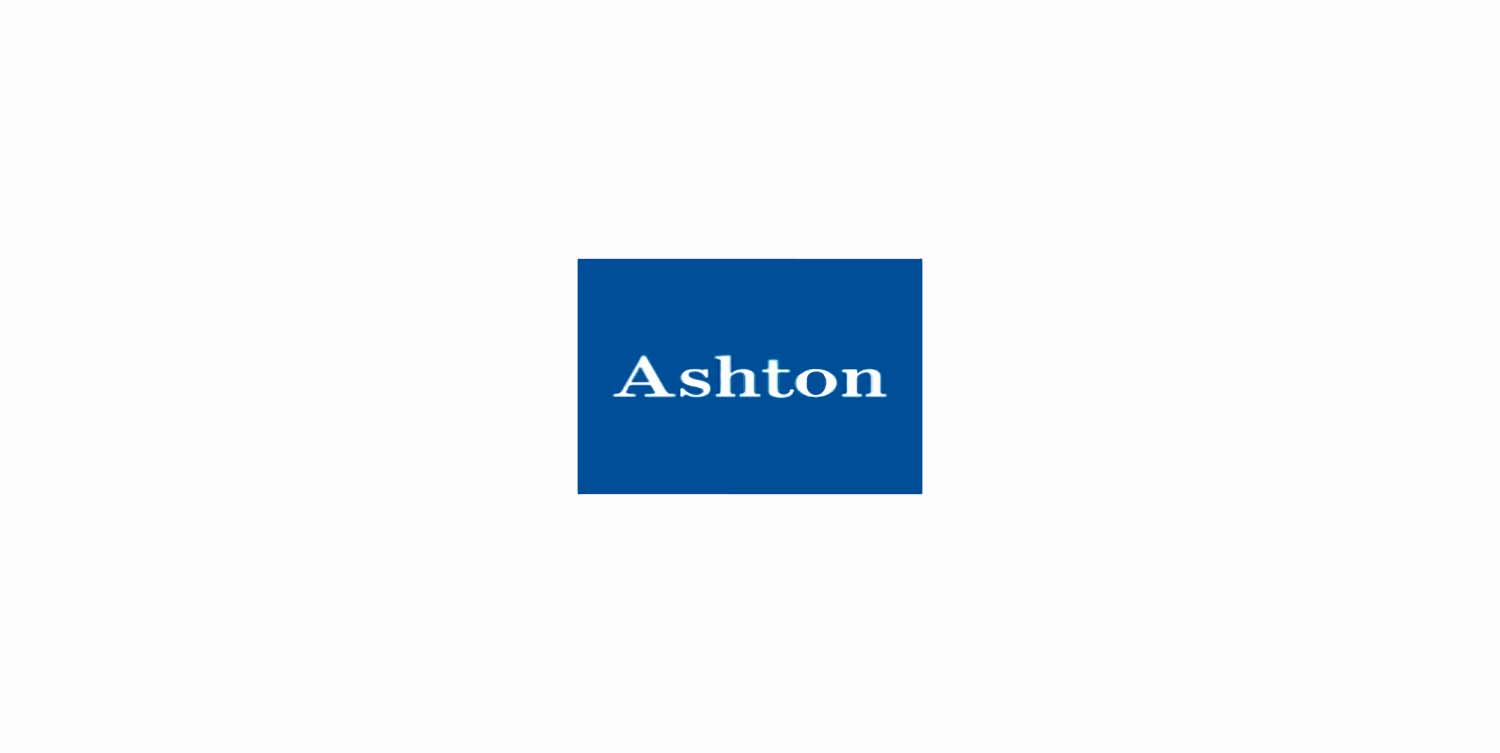Enter your email below to receive weekly updates from the Ashton College blog straight to your inbox.
The primary law on Canadian immigration and refugee matters is the Immigration and Refugee Protection Act, (IRPA, 2002).
This Act focuses on the area of law related to the entry of foreign nationals into Canada, their rights and responsibilities, and the conditions of their stay and exit.
What is a refugee?
It is an international human right to have the right to asylum from persecution. This is guaranteed by the 1951 Convention relating to the Status of Refugees.
A refugee is a person: (as stated in the 1951 Convention)
who is outside his or her home country and who has a well-founded fear of being persecuted for reasons of race, religion, nationality, membership of a particular social group, or political opinion. They are not able to return home.
A refugee is different from an immigrant. An immigrant chooses to settle permanently in another country. Refugees are forced to flee.
Today, Canada is seen as a global leader concerning refugee protection. Canada was one of the first countries to set out guidelines for protecting refugee women, taking active actions at a global level in this regard.
What are the refugee programs in Canada?
Across Canada, there are two main resettlement programs in operation. These cover two categories namely;
How to Qualify for Refugee Resettlement in Canada?
To qualify for resettlement in Canada, you must:
What is the process for Refugee Asylum in Canada?
The United Nations Refugee Agency (UNHCR), along with private Canadian sponsors and/or the Canadian Government, identifies refugees for resettlement.
Private sponsors across the country can help resettle refugees to Canada. Private sponsors have entered into signed sponsorship agreements with the Government of Canada to help support refugees.
Sponsorship Agreement Holders can sponsor refugees directly, or work with others in the community to do so.
How is a refugee supported to settle in Canada?
The Government of Canada works with many partners and stakeholders to provide many types of settlement services to refugees in and coming into Canada. These services provide essential support and income support to help refugees adjust to life in Canada.
The Resettlement Assistance Program also provides services during the first four to six weeks after refugees get to Canada:
A requirement for any private sponsors is that they must provide financial and emotional support to any refugees they sponsor, for the duration of the sponsorship period or until such time that the refugee can support themselves if this happens earlier.
Current Canadian Refugee Status: Growing Numbers
A further key aspect of Canadian refugee practices is the Safe Third Country Agreement, between the United States and Canada.
This is a bilateral agreement which restricts asylum seekers from making claims for protection in Canada if they are living in or pass through the US, deemed a safe country for refugees. The agreement is only in effect at official ports of entry, driving asylum seekers to cross irregularly at unofficial border points to claim asylum.
Over the past two years, it has been recorded that more than 42,000 asylum seekers have entered Canada through unauthorized points of entry.
The Canadian Auditor-General reported that these increasing numbers has contributed to wait time for a decision on a refugee claim to rise to 24 months by the end of 2018 – with 71,000 claimants in the queue. This could rise to five years by 2024 the Canadian Auditor General claims if changes aren’t made to the process and the number of new asylum claimants stays at 50,000 a year.
Contributing factors to these delays it was reported included inefficiencies, such as a reliance on paper instead of electronic files, and increasing asylum entries and applications all influenced the long wait time and large backlog.
COVID-19 Pandemic Impact
Along with many other countries, the Canadian Government announced that with its partners at the United Nations Refugee Agency (UNHCR) and the International Organization for Migration, the Canadian Government has temporarily paused the refugee resettlement programs impacted by the travel restrictions due to COVID-19 pandemic in March 2020.
To learn more on Canadian Refugee laws, procedures and process, join Ashton’s Certificate in Refugee Class Immigration Law:
https://www.ashtoncollege.ca/programs/certificate-in-refugee-class-immigration-law-circ/
The information contained in this post is considered true and accurate as of the publication date. However, the accuracy of this information may be impacted by changes in circumstances that occur after the time of publication. Ashton College assumes no liability for any error or omissions in the information contained in this post or any other post in our blog.
